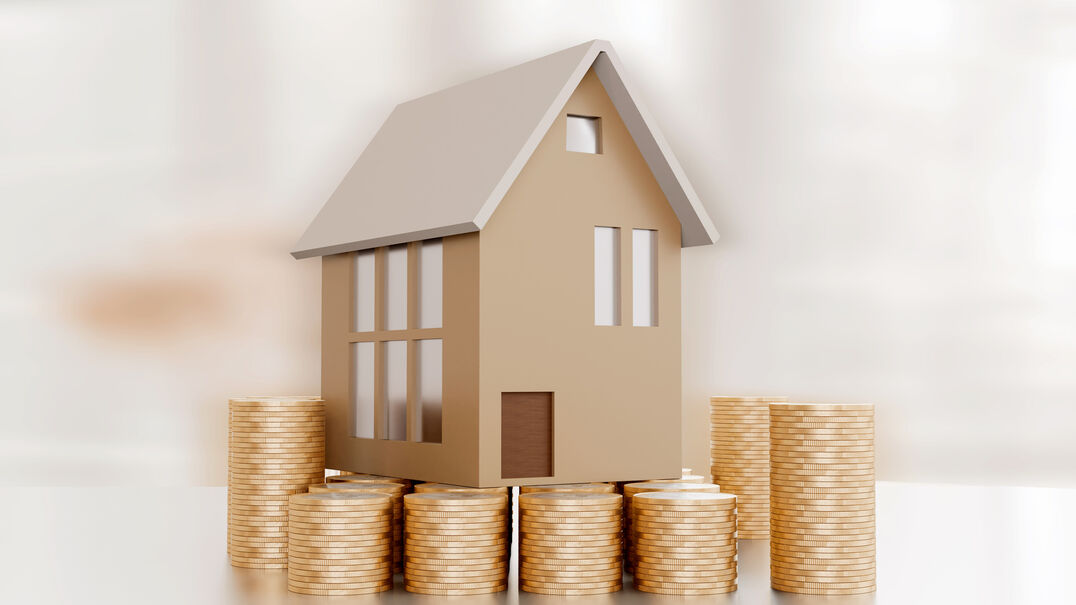This section covers frequently asked GST questions in regards to new residential property issues.
New Residential Property
Section 195-1 provides that substantial renovations are renovations in which all, or substantially all, of a building is removed or replaced but that the renovations need not involve removal or replacement of foundations, external walls, interior supporting walls, floors, roof or staircases. This means it is possible to have ‘substantial renovations’ without doing any structural works.
A final ruling GSTR 2003/3 has been released on this topic. Some important points to note are:
- The renovations need to affect the building as a whole and must result in the removal or replacement of all or substantially all of the building.
- Whether the substantial renovations have occurred is based on the building in its entirety. Major renovations to the kitchen and bathroom where only minor work is done to the rest of the building will generally not constitute substantial renovations.
- Cosmetic work by itself (e.g. painting, sanding of floors, replacement of floor coverings) does not amount to substantial renovations.
- Only renovations by the current owner are relevant.
- Works not attributable to the building itself are disregarded (eg landscaping).
The ATO takes the view that if a residence is included in the supply of a going concern, Division 135 will operate to provide an increasing adjustment in relation to the proportion of ‘non creditable’ use (ie, the proportion applicable to the residence).
The way to avoid this anomalous outcome is to treat the supply as a mixed supply in the first place, allocating a bona fide value to the residence and excluding it from the supply of the going concern.
According to the ATO view, as expressed in ruling GSTR 2000/20 , it is the nature of the premises rather than any subjective intention of the purchaser that determines whether or not the supply of existing residential premises will be input taxed. The attitude of the ATO appears to be that where premises possess the physical characteristics of residential premises, the intention of the purchaser will not change the GST status of the supply. This position appears to be supported by the balance of authorities on the point.
New residential premises is defined as property sold for the first time within 5 years of being built. It will attract GST if the four legs of a “taxable supply” in section 9.5 of A New Tax System (Goods and Services Tax) Act 1999 (Cwlth) (GST Act) are met, namely:
- the supply is made for consideration
- the supply is made in the course or furtherance of an enterprise
- the supply is connected with the indirect tax zone
- the supplier is registered or required to be registered for GST.
The supply of a natural person’s own place of residence is not a supply in the course or furtherance of an enterprise, but the supply of a private or domestic asset and so does not meet the test for taxable supply even if it is new residential premises. This may not be the case if the vendor has a history of building a new home, occupying it for a while and then selling it. this might suggest an enterprise. Where it is an enterprise the property is likely to be considered trading stock and not a capital asset so even if the vendor is not registered for GST they will be required to be registered as the price of the property will exceed the threshold $75,000.
The same analysis applies for a substantially renovated home.
Where it is just a domestic or private asset there will be no obligation to withhold GST as none is payable, but the vendor is obliged to provide a vendor notification under s.14-255 of Schedule 1 to the Taxation Administration Act 1953 (Cwlth)
No, the sale of residential real estate (unless new residential premises or commercial residential premises) will not attract GST despite the fact that it generates business income for the owner. The position would be the same even if the vendor’s sole source of income was rent from tenanted houses.
A GST inclusive sale requires the vendor to bear all of the GST payable in respect of the supply and does not require the purchaser to contribute any amount for GST; the purchaser’s obligation, in such a case, is merely to pay the relevant contract sum plus or minus adjustments.
Adjustments vary the amount payable/receivable at settlement by the amount that results from the apportionment of outgoings. This is so whether the sale is GST inclusive or GST exclusive (“plus GST”). The adjustment of each individual adjustable outgoing such as rates, land tax, rent, etc is calculated net of GST.
The GST payable in relation to a taxable supply is calculated by reference to the actual consideration for the supply which, of course, takes account of adjustments.
However, where GST withholding applies, settlement adjustments are ignored in the calculation of the withholding sum, although not in the final settlement calculations, which are made in the usual way. Any difference between the withholding amount and final GST payable should be dealt with in the vendor’s subsequent BAS statement.
For duty purposes the accepted practice is to treat the contract sum as the sale consideration without reference to adjustments.
The supply by way of distribution to the clients, even though not for consideration, was a supply between ‘associates’ and so will be deemed a supply for market value. It is a taxable supply and GST should be remitted (s.72-5, GST Act).



